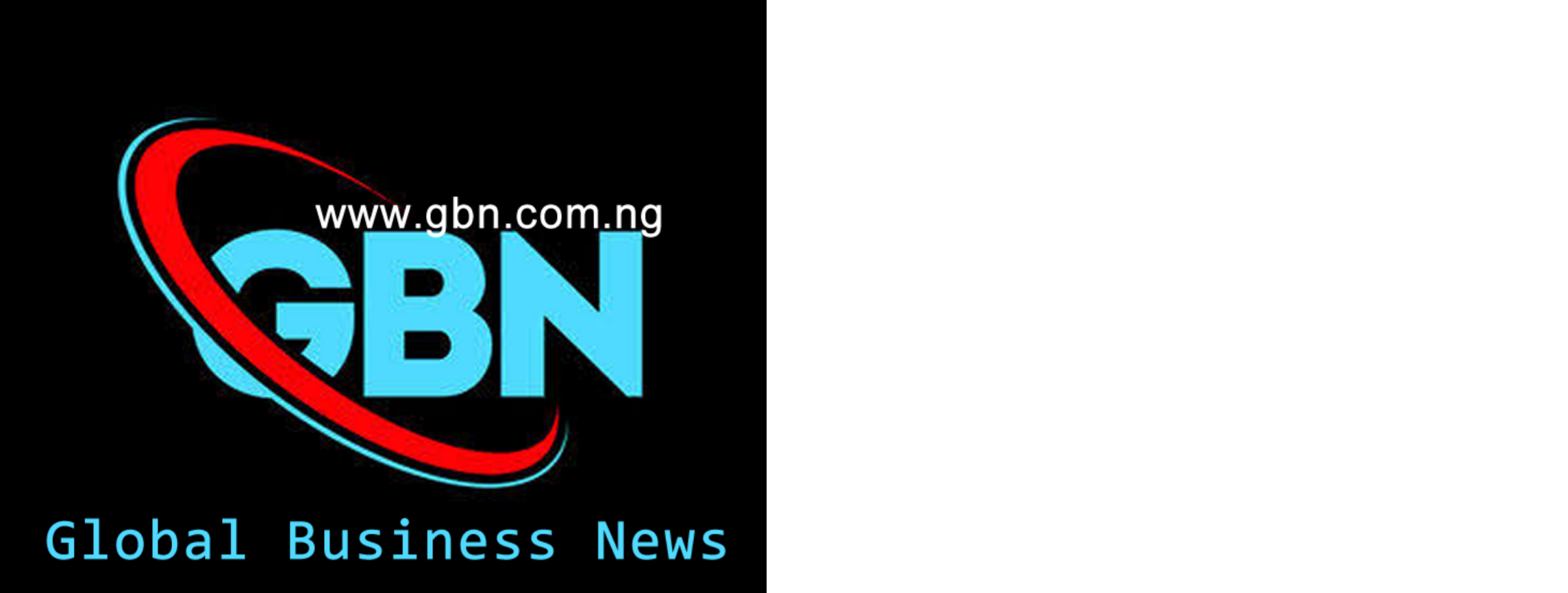Washington, Oct. 11, 2024 – If cut to junk status, Boeing Co. will be the biggest US corporate borrower to ever be stripped of its investment-grade ratings and join junk bond indexes, flooding the high-yield market with a record volume of new debt to absorb.
On Tuesday, S&P Global Ratings said it’s considering downgrading the planemaker to junk as strikes at its manufacturing sites persist, hurting production. Last month, Moody’s Ratings said it’s considering a similar move. Fitch Ratings has highlighted the growing risks but not yet announced a review.
Downgrades to junk from two of Boeing’s three major credit graders would leave much of its $52 billion of outstanding long-term debt ineligible for inclusion in investment-grade indexes.
If that happens, Boeing would become the biggest ever fallen angel — industry parlance for a company that’s lost its investment-grade ratings — by index-eligible debt, according to JPMorgan Chase & Co. analysts.
“Boeing has worn out its welcome in the investment-grade index,” said Bill Zox, a portfolio manager at Brandywine Global Investment Management. “But the high-yield index would be honored to welcome Boeing and its many coupon step-ups.”
A spokesperson for Boeing declined to comment for this story.
Chief Financial Officer Brian West told analysts at a Morgan Stanley conference last month that Boeing “will take any necessary actions” to preserve its investment grade rating and stabilize its factory and supply chain.
Boeing has already initiated a savings plan that includes furloughs for workers, a hiring freeze as well as a pay cut for executives.
JPMorgan isn’t taking a view on the likelihood of Boeing transitioning to junk or what such a transition would mean for its credit fundamentals, strategists led by Eric Beinstein and Nathaniel Rosenbaum wrote in a Thursday note.
There could be a relatively seamless transition, the strategists wrote. Credit spreads are tight trading conditions are relatively liquid trading in both the high-grade and high-yield markets, the strategists wrote.
Much of of Boeing’s debt has a coupon step-up feature — where the interest rate increases by 0.25 percentage point for each step below investment-grade that each ratings firm downgrades by, which could make it more palatable to some investors, including insurers.
“Usually downgrades from high-grade to high-yield are clustered together around economic downturns or crisis,” the analysts wrote. “This is an idiosyncratic credit situation, should a downgrade occur. No other large fallen angel has ever transitioned at such tight spreads.”
The corporate bond market has swelled in recent years, so even if Boeing has more debt than other borrowers have had historically, it takes up a smaller part of the investment-grade universe.
The company makes up just 0.7% of Bloomberg’s US corporate investment-grade bond index.
When Ford Motor Co. and General Motors Co. were downgraded in 2005, they took up 8.3% and 3% of the high-grade market respectively, according to JPMorgan.
But there are also reasons for the transition to potentially result in big price moves for the company’s debt. Boeing’s $52 billion debt load is big by junk issuer standards.
And it has a relatively high proportion of longer-dated debt, while most high-yield investors focus on shorter- and intermediate-term securities to help manage credit risk.
High-grade and high-yield funds, which pool together bonds according to factors like credit quality and maturity to pay regular returns to investors, could also be impacted.
More passive fund investors have piled into the high-grade market over the years, which would mean a higher volume of “forced sellers” if Boeing is downgraded, according to JPMorgan.
“I would expect a fair amount of index-related selling as the debt changes hands between the investment-grade and high-yield markets,” said Scott Kimball, chief investment officer at Loop Capital Asset Management. “It wouldn’t surprise me if things got ugly as high-yield investors aren’t as beholden to benchmarks, generally.”
Since active high-yield managers are not going be “forced buyers,” they will have a greater degree of price-setting power, according to Kimball.
“The liquidity transfer costs are real,” he said. “High-yield buyers, being less index-focused, are the ones setting the price. It’s the opposite of upgrades where passive money is more prevalent.”





